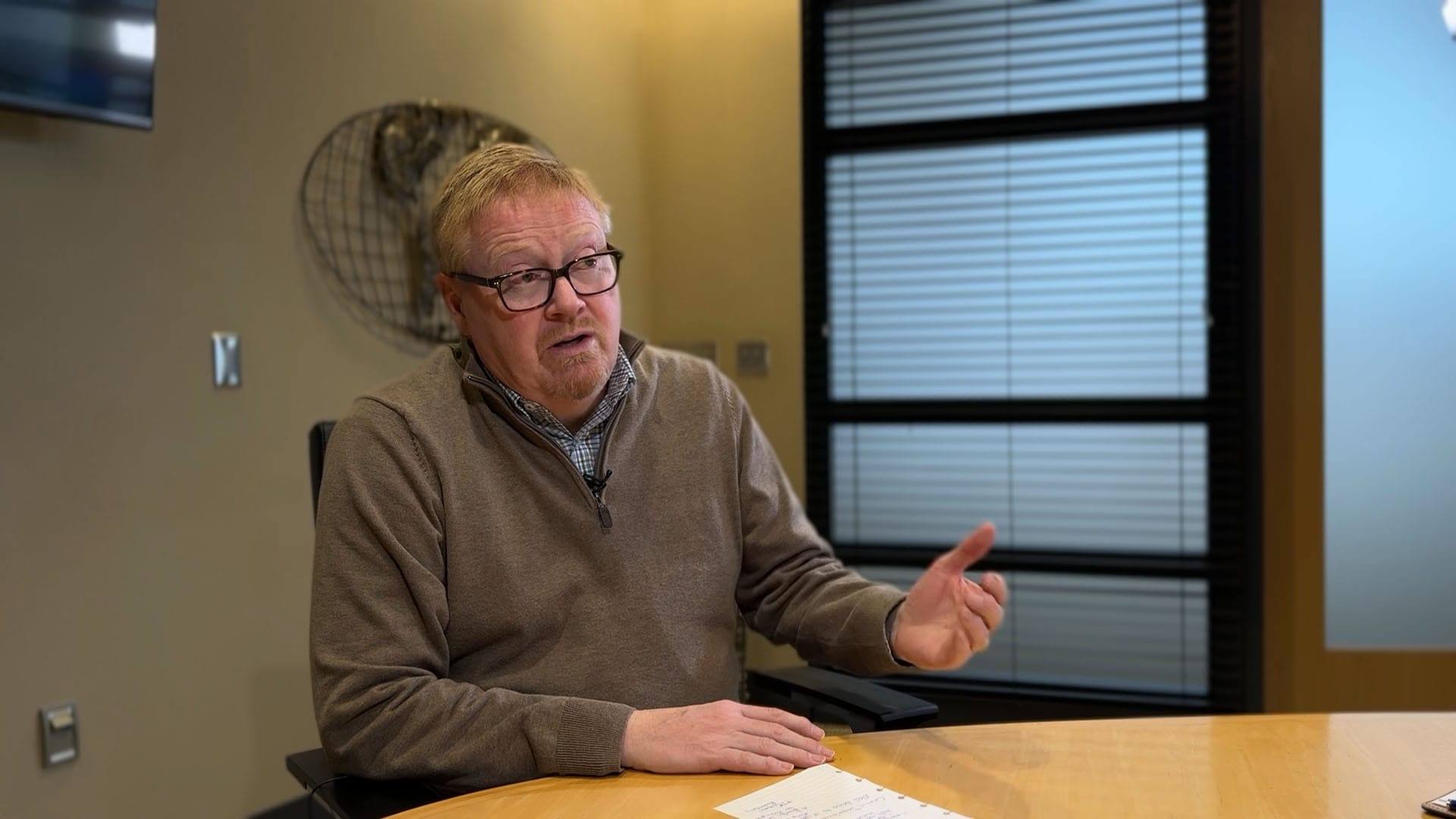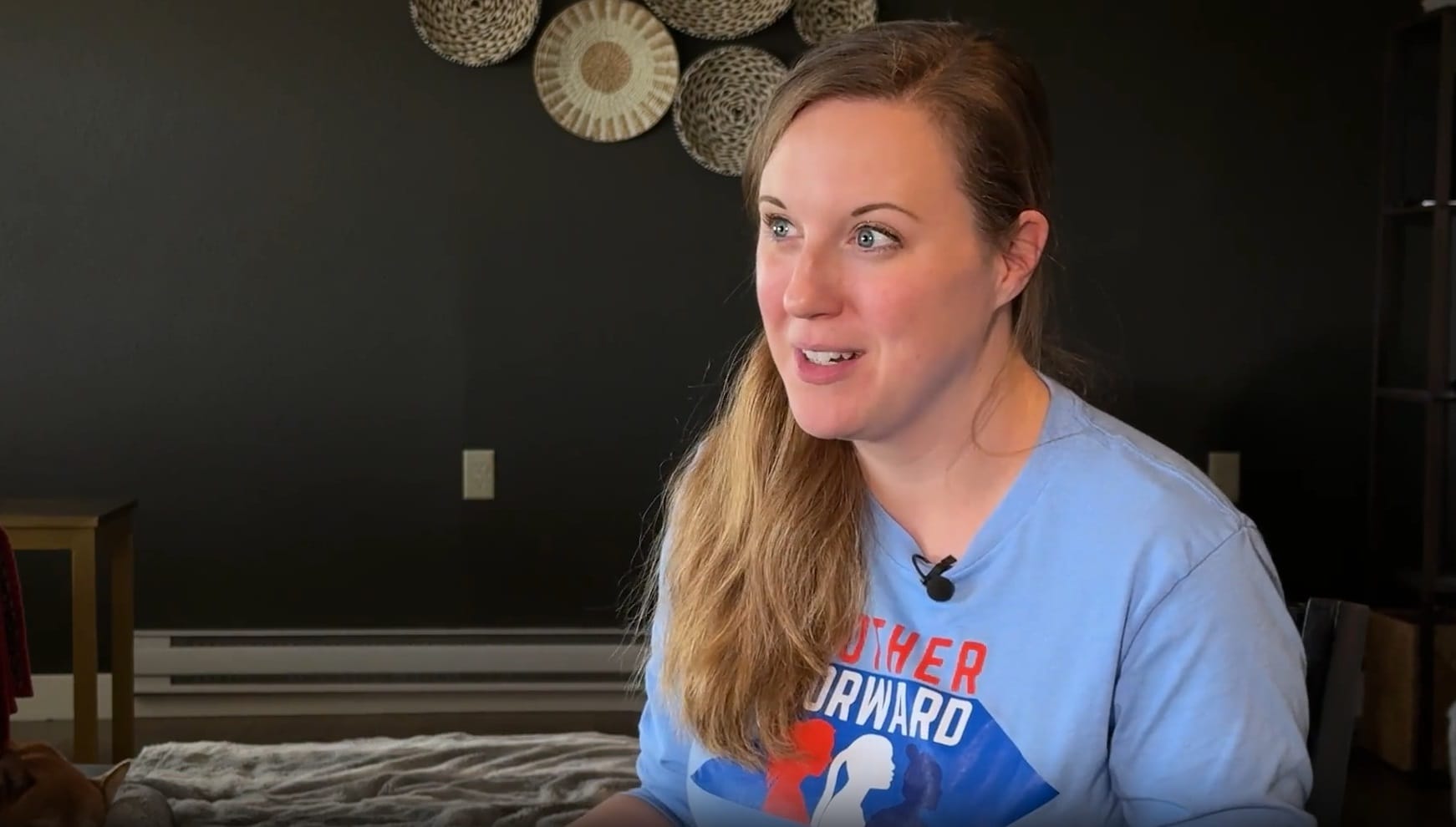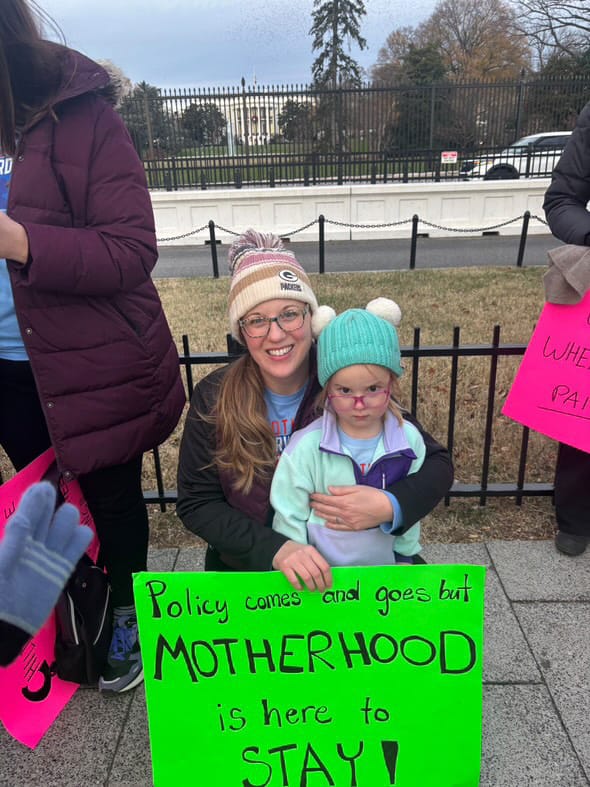BROOKINGS, S.D. – Nearly 40% of South Dakota's child care programs have fewer kids enrolled than they can handle because of a shortage of workers, the latest South Dakota Child Care Task Force report found.
"The No. 1 issue why they were not able to have the desired enrollment was they just didn't have the workforce," said Republican state Sen. Tim Reed of Brookings. "So we need to be able to increase what we're paying at the child care assistance level. And I think it's gonna have to increase at other levels too. But we need to start there just to make sure we can keep these employees."
The task force released its initial report on Jan. 10, days before lawmakers gaveled in for the 100th legislative session. The 60-plus-page document includes community success stories, data about the cost of child care, and policy suggestions.

The South Dakota Child Care Task Force includes child care providers, law makers, business leaders and others. It partnered with The Hunt Institute, which specializes in education policy.
The study uses market survey results from the South Dakota Department of Social Services and other data to demonstrate that child care providers are among the lowest wage-earners in the state, yet families are paying between 10-20% of their annual income on child care.
Child care revenue contributes not only to provider wages but often to other costs like rent, utilities for the space, food and other materials. If providers attempt to raise wages by increasing their prices, they risk pricing out the families they're trying to serve. But with such low wages, many providers can't hire or retain enough employees.

"The current model we have to child care is not sustainable," Reed said. "Providers are struggling, and many are closing."
Reed said his legislative priority is addressing the state's contribution to the Child Care Assistance program.
The federal government provides Child Care and Development Block Grant funds to help low-income families who meet certain qualifications to afford care. Those grants are then handled by a lead agency.
In South Dakota's case, that's the Department of Social Services. According to a recent brief from the Congressional Research Service, states have flexibility in the program outside certain federal requirements.
'We have made it work'
Some child care employees leave because they can't afford child care for their own children.
RiAnna Kolovksy left her job with Lutheran Social Services in Sioux Falls because the level of care she wanted for her kids wasn't financially feasible.
"This year, I would have paid over $27,000 a year to have both of these kids in child care," she said in 2023. "Granted, it's a good center, and it had accreditation outside of regular state accreditation. But what job can you work that makes that feasible?"
Shortly after becoming a single-income family, the Kolovsky's moved to a small town just south of Mitchell, where RiAnna's husband's family had a house and job waiting for him.
In an interview with "South Dakota Focus" just before the move, she worried about managing through the long winter with limited resources and two small kids at home.

"We have made it work," she said in a follow up interview with SDPB in late 2024. "I have also enrolled my eldest in a part-time preschool, which has alleviated a lot of tension in that she gets a little bit of an outlet, some peer interaction, some other interaction with other adults. And it gives me an opportunity to go to the store with only one child instead of two."
In addition to caring for her children full-time, Kolovsky has built connections with other frustrated parents around the country. Through another parent's post lamenting child care costs on Reddit, she connected with the advocacy group Mother Forward. Kolovsky and 4-year-old joined the group for a trip to Washington in December.

"There's nothing like walking through security at 4:45 on a Friday saying, 'Hello, I'm here to meet my senator!'" Kolovsky laughed. She was able to meeting with some of Sen. John Thune's staffers, but that wasn't the only goal of the trip.
"I also hoped to strengthen bonds with the women that I've been meeting with online for the last almost two years," Kolovsky said. "And that was just so life-giving in the way that having an in-person community is."
'Child care not a sustainable model'
Back at home, Kolovsky advocates for accessible child care however she can, from Children's Day at the Capitol in Pierre to engaging in conversations over coffee with skeptical neighbors.
"You know, there was a woman who said that in her experience as a child care provider, parents might not always adjust their budgets accordingly and that might be why they feel that child care is too expensive. I met with her for coffee, and we now have a great working relationship in which we can agree on where changes need to be made."
Kolovsky understands the catch-22 in which child care providers find themselves based on her experience working with Lutheran Social Services. She remembers speaking to a local National Exchange Club and being asked how her center justified their prices.
"And I said at the time, 'I'm not sure it matters because that child care center is now closed,'" Kolovsky remembered. "Child care is not a sustainable business model, and it never has been since its inception. And I hope that more people are recognizing that this isn't just an issue of everyone should just have a parent stay home. That's not possible for all families."
Policy proposals yet to come
In addition to adjustments to the Child Care Assistance program, the Child Care Task Force suggests scholarships for those entering the child care workforce. It also suggests making parents who join the child care workforce eligible for child care assistance themselves.
Reed said the task force focused its policy proposals on improving the child care workforce.
"All this really comes down to money," he said. "And if we don't have the money available, this is going to be very tough to do."

With many lawmakers concerned about a limited budget – particularly with high price tag projects like the new men's prison already in the works – any state investment in child care is likely to be a hard sell.
Not to mention the 100th legislature features a larger-than-typical number of lawmakers who are newly elected to office. But Reed believes the strain on families and additional information provided by the task force will come a long way in communicating the need for action.
"We went through it when it came to skilled care facilities, right?" he said. "We were starving them and they were closing. And that's going to continue to happen here. So we have to figure this out, like we figured out (how) to increase the funding that was needed for skilled care facilities to make sure that they could stay viable, especially in a rural community. The same thing is going to happen. We're gonna lose child care in the rural communities first, and then it's really hard for those smaller towns to be able to grow."
How to watch 'South Dakota Focus'
The next episode of "South Dakota Focus" airs on Thursday, Jan. 23, at 8 p.m. Central time / 7 p.m. Mountain time. It can be viewed on SDPB-TV1, Facebook, YouTube and SD.net.
The episode includes:
- A mom who left the workforce to care for her kids and found an online community advocating for child care access
- New online options working to help parents find child care that meets their needs
- The South Dakota Child Care Task Force report and policy suggestions
This story was written by Jackie Hendry, host and producer of South Dakota Public Broadcasting's "South Dakota Focus," to preview the next show. It was produced by South Dakota News Watch, an independent, nonprofit organization. Read more stories and donate at sdnewswatch.org and sign up for an email to get stories when they're published. Contact us at info@sdnewswatch.org.






